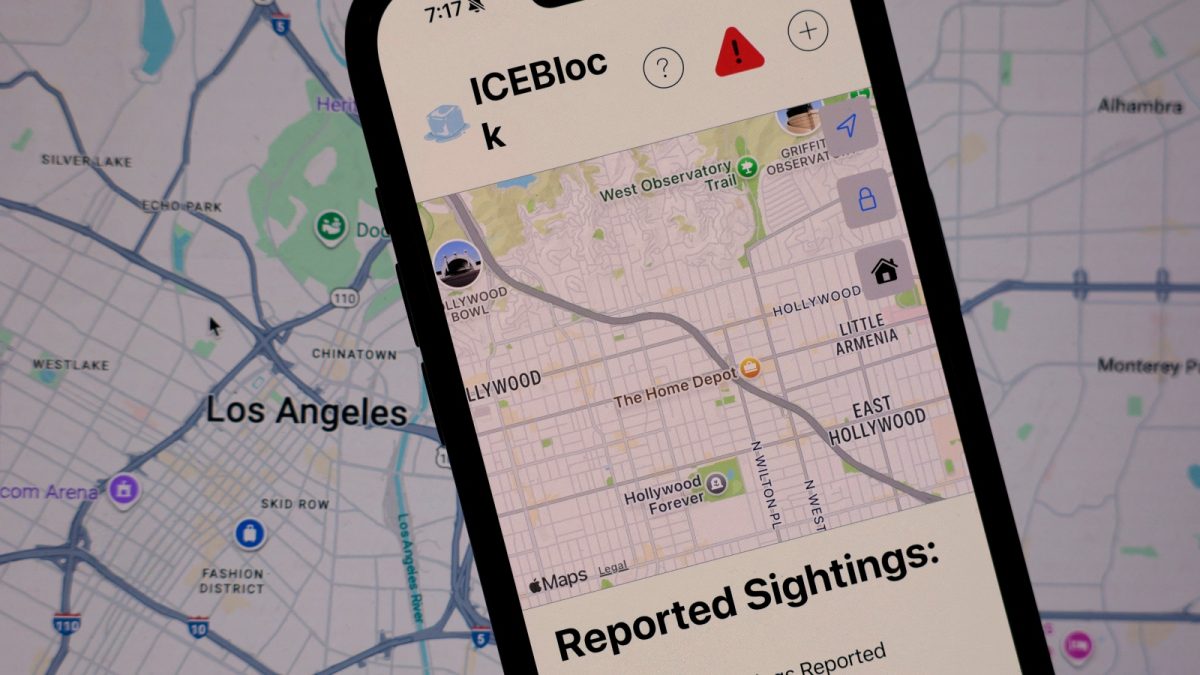Last Updated:
Male breast cancer is rare, making up less than 1% of cases, but often goes unnoticed. Early detection is vital, as delayed diagnosis makes treatment harder and outcomes worse.

Risk factors include genetic mutations, obesity, and hormonal imbalances.
Breast cancer is often thought of as a woman’s disease, but men, too, can be affected. While rare, accounting for less than 1% of all breast cancer cases, male breast cancer can be just as serious. The lack of awareness often leads to late detection, reducing the chances of effective treatment. Recognising symptoms early and understanding the risks can be lifesaving.
Why Male Breast Cancer Awareness Matters
Recommended Stories
“People don’t talk about male breast cancer very much, but knowing about it can save your life. Because it is so rare, both patients and doctors may not think of it right away, which can lead to delays in diagnosis,” says Dr. Deepak Jha, Chief, Breast Surgery & Sr. Consultant, Surgical Oncology, Artemis Hospitals.
Dr. Tejinder Kataria, Chairperson, Radiation Oncology & Cancer Centre, Medanta, adds, “When we think of breast cancer, we usually think of women. But men can get breast cancer, even though it’s not very common. This lack of knowledge means many men ignore early signs, which makes it harder to treat.”
Risk Factors Of Male Breast Cancer You Should Know
Most cases of male breast cancer are diagnosed in men in their 60s and 70s. According to experts, genetic mutations such as BRCA2, family history, obesity, and hormonal imbalances play a critical role. “Obesity increases estrogen levels, and hormonal imbalances interfere with normal growth, both of which can lead to cancer,” explains Dr. Kataria.
Previous radiation exposure, liver disease, and advancing age also contribute to risk. These factors, combined with low awareness, make timely diagnosis a major challenge.
Male Breast Cancer Symptoms Often Missed
The most common sign is a painless lump or hard area under or near the nipple. “Other warning signs include skin dimpling, redness, scaling, or nipple discharge. It’s important to distinguish this from gynecomastia, which is a harmless growth of breast tissue. Cancer is usually harder, off-centre, and immobile when touched,” says Dr. Jha.
Dr. Kataria emphasises that ignoring these changes can have serious consequences: “People often dismiss these symptoms as minor issues, but silence and stigma often lead to a late diagnosis.”
Diagnosis and Treatment
Doctors rely on imaging tests such as mammograms or ultrasounds to investigate suspicious areas. A biopsy confirms the diagnosis, followed by further tests like CT scans or PET-CTs to check for spread. Treatment mirrors that of female breast cancer and may include surgery, radiation, hormone therapy, chemotherapy, or targeted therapy.
“Early treatment significantly improves survival. But unfortunately, embarrassment or lack of knowledge keeps men from seeking timely help,” stresses Dr. Jha.
Male breast cancer may be rare, but it is real, and it can be treated effectively if caught early. Recognising symptoms, understanding risks, and breaking the silence are crucial in ensuring men get timely care. Awareness can make the difference between a late-stage diagnosis and a life saved.
Delhi, India, India
October 03, 2025, 18:33 IST
Loading comments…
Go to Source
Author: News18



